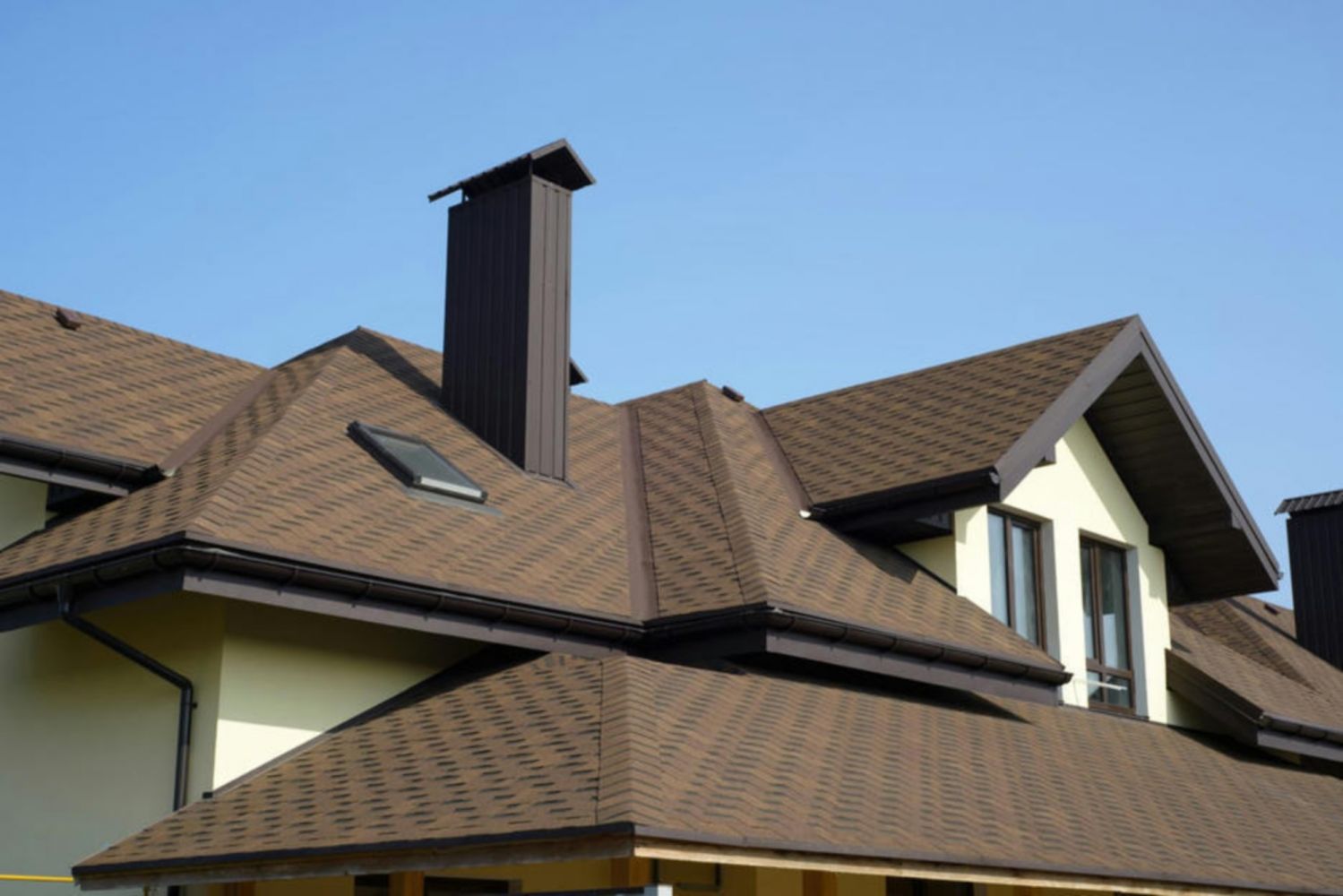Roof Installation: Ensuring a Solid Overhead Shield
Installing a new roof is a significant investment that not only enhances the aesthetics of your home but also provides crucial protection against the elements. Whether you're building a new house or replacing an aging roof, proper installation is key to ensuring longevity and durability.
I. Introduction
A. Importance of a Well-Installed Roof
A well-installed roof is more than just a shelter; it's a safeguard for your home and loved ones. From rain and snow to the scorching sun, a solid roof protects your property from various weather conditions.
B. Factors to Consider Before Roof Installation
Before embarking on a roof installation project, it's essential to consider factors like climate, budget, and the overall architectural style of your home. These considerations will guide you in making informed decisions throughout the process.
II. Preparing for Roof Installation
A. Assessing the Current Roof Condition
A thorough inspection of your existing roof is the first step. Identify any damage or weaknesses that might affect the new installation. Addressing these issues beforehand ensures a smooth and effective installation process.
B. Choosing the Right Materials
Selecting the right roofing materials is a critical decision. Factors such as durability, energy efficiency, and aesthetics play a role in this choice. Consult with professionals to determine the most suitable materials for your specific needs.
C. Hiring a Professional Contractor
While some may attempt a DIY approach, hiring a professional contractor is highly recommended. Experienced professionals bring expertise to the table, ensuring that the installation is done correctly and efficiently.
III. Steps in Roof Installation
A. Removing Old Roofing Materials
Before installing a new roof, it's crucial to remove the old materials. This step allows for a clean slate and helps identify any potential issues with the underlying structure.
B. Repairing Substrate if Necessary
Addressing any substrate damage is vital for the stability of the new roof. Ignoring this step could lead to premature issues and compromises in the overall integrity of the installation.
C. Installing Underlayment
The underlayment serves as an additional layer of protection against leaks. Proper installation of this barrier is crucial for preventing water infiltration and maintaining the structure's integrity.
D. Placing Shingles or Roofing Material
The choice of roofing material is a stylistic decision, but it should also align with the climate and environmental factors of your location. Whether it's shingles, tiles, or metal roofing, proper placement is essential for durability.
E. Sealing Edges and Joints
To ensure a watertight seal, edges and joints must be meticulously sealed. This step prevents water from seeping into vulnerable areas, adding an extra layer of protection against leaks.
F. Checking for Proper Ventilation
Proper ventilation is often overlooked but is crucial for maintaining a healthy roof. It regulates temperature and moisture, preventing issues like mold growth and premature deterioration.
IV. Common Roof Installation Mistakes to Avoid
A. Inadequate Ventilation
Poor ventilation can lead to a range of problems, including moisture buildup, heat retention, and decreased energy efficiency. Addressing ventilation concerns during installation is crucial for the long-term health of your roof.
B. Poor Material Selection
Choosing the wrong roofing material for your climate can result in premature wear and tear. It's essential to consult with professionals to determine the most suitable material for your specific location.
C. Improper Installation Techniques
Cutting corners during installation can lead to various issues down the line. It's crucial to follow proper installation techniques to ensure the roof's integrity and longevity.
V. Benefits of Professional Roof Installation
A. Longevity and Durability
Professional installation enhances the longevity and durability of your roof, providing peace of mind for years to come.
B. Enhanced Energy Efficiency
Well-installed roofs contribute to improved energy efficiency, reducing heating and cooling costs over time.
C. Warranty and Insurance Coverage
Professional installations often come with warranties and insurance coverage, providing added protection for your investment.
VI. Maintenance Tips for a Newly Installed Roof
A. Regular Inspections
Regular inspections help identify potential issues early, allowing for timely repairs and preventing costly damage.
B. Cleaning Gutters
Clearing gutters of debris ensures proper water drainage and prevents water damage to the roof and surrounding areas.
C. Addressing Minor Repairs Promptly
Promptly addressing minor repairs prevents small issues from escalating into more significant problems, extending the life of your roof.
VII. Cost Considerations
A. Initial Investment
While professional installation may seem like a significant initial investment, the long-term benefits far outweigh the costs.
B. Long-Term Savings
A well-installed roof contributes to long-term savings by reducing the need for frequent repairs and enhancing energy efficiency.
VIII. Conclusion
In conclusion, investing in a quality roof installation is essential for the overall health and longevity of your home. From proper preparation and material selection to professional installation and ongoing maintenance, each step plays a crucial role in ensuring your roof stands strong against the elements.
Frequently Asked Questions
How often should I inspect my newly installed roof?
Regular inspections every six months are recommended to identify and address any potential issues promptly.
Can I install a new roof without professional help?
While some may attempt a DIY approach, hiring a professional ensures a correct and efficient installation.
What are the signs of poor roof ventilation?
Signs include mold growth, moisture retention, and uneven temperature distribution in the home.
Do professional installations come with warranties?
Yes, many professional installations include warranties and insurance coverage for added protection.
Why is substrate repair important during roof installation?
Addressing substrate damage ensures the stability of the new roof and prevents future issues.



